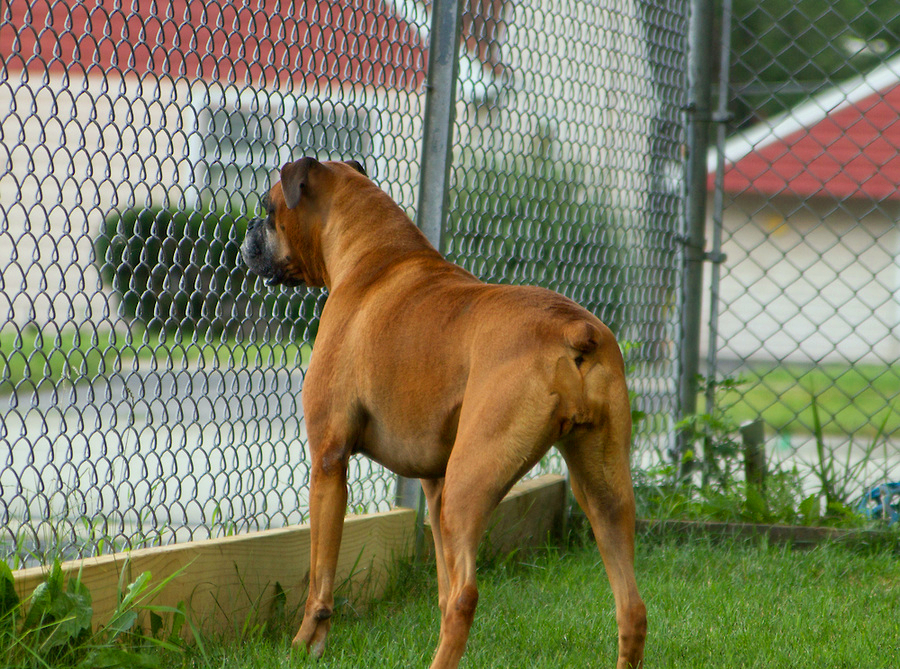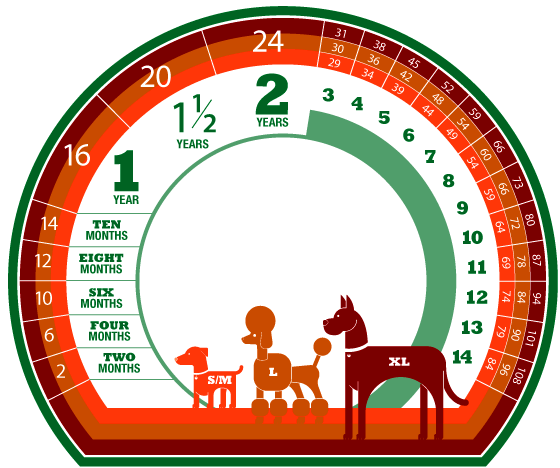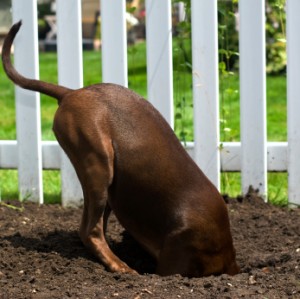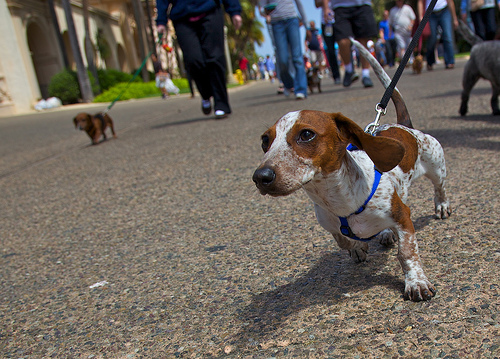Dogs are a man’s friend. And since summer is here, a lot of the time, dogs are in the backyard playing around. Fencing is an important thing to consider. Below we list a few things you need to think about when getting a fence for dogs.
1. Temperament
Before a fence is installed, the temperament of the dog needs to be considered. A buyer’s fence choice will often depend on the breed characteristics. It may also vary according to the personality of the individual dog, since some pets behave differently from their “on paper” breed profiles. Still other animals have been trained as guard dogs, and are therefore likely to behave in a defensive manner when approached. While this behavior is useful on-site, it can be extremely dangerous if the dog escapes.
2. Size
Fence height is another element in the decision making process. Taller fences are excellent for large and energetic dog breeds, while shorter fences are effective for smaller, less energetic breeds or older dogs.
The size of the dog, regardless of breed, has to be taken into account before a fence height is selected. A cheaper or more convenient fence may seem appealing to begin with, but if it is not tall enough, the dog will most likely escape. It is also worth remembering that on occasion, a dog can get excited and leap over a fence it would be unable to scale on a normal day.
3. Age
Buyers need to take into account their dog’s age, and keep in mind its estimated full grown size before committing to a fence. Large-breed puppies are small to begin with, but grow and soon escape over shorter fences.
If in doubt, it is usually a good idea to get a more substantial, rather than a lesssubstantial fence solution; a smaller dog can be contained by a larger fence, after all. It is also worth erring on the side of caution, because there may be occasions where a calm dog is unusually boisterous. Even older dogs are perfectly capable of performing incredibly agile maneuvers if they become overstimulated. Additionally, keeping options open for the next canine member of the family can be achieved by buying a heartier enclosure.
4. Remember Chewing Habits
Whereas some smaller, more laid back dogs can be contained with a lightweight fence, most other dogs need something a little thicker. A number of canine breeds are natural chewers and will bite through anything but the heaviest type of metal. Some very determined dogs will chew through sturdy fences and injure themselves or escape.
Tough, plastic-coated metal chain link fences can serve well, but for particularly chewy dogs, an enclosed privacy fence can be more effective. Not only does a privacy fence offer less of a physical gateway into chewing, but it also stops the dog becoming inspired by visually stimulating outside influences.
5. Remember Digging Habits
Some puppies are particularly determined to emulate Houdini. By burying part of the fence, dogs can be prevented from digging out of or into the yard. Some dogs are better at tunneling than others, so individual dog and breed characteristics need to be taken into account before the fence is installed.
The following tips can be used to stop the more determined digger from breaking out:
- Using chicken wire to prevent escape can be quite effective. It can be buried approximately 1ft under the ground; 5ft on the inside of the fence and 2ft on the outside is usually sufficient to stop a subterranean maneuver in its tracks. Multiple chicken wire layers can be used to deter a very determined dog.
- For large, strong breeds or hyperactive dogs, owners may need to make use of paving slabs. These can be buried in the ground underneath the perimeter of the fence; instead of escaping, the dog will trim its nails.
Even if a dog is trained not to dig, some do become fascinated with tunneling once afence is erected. It can be a good idea to protect against this in advance, rather than deal with the aftermath of an unexpected disappearance.
6. Stranger Danger
There are two main types of people against whom a dog fence can double as a defense: dognappers and people with malicious intentions. Many dog fences, particularly those built to contain larger breeds, are also suitable for protective purposes.
Dognapping may sound like an amusing concept until it happens closer to home. Dognappers have been known to break into houses and yards to steal coveted pedigree dogs, because particular breeds are a valuable commodity in certain circles.
Dognappers can be very determined, and may scout a home with the intention of coming back and stealing the dog later. They often steal dogs to order, and may pose as legitimate callers to fool the residents into letting them in. If in doubt, it is always best to ask for credentials from any caller.
While uncommon, there are malicious individuals who seek to harm animals. A dog fence can serve as protection from those who may impulsively decide to prank or tease your pet.
7. Public Safety
Curious children often simply want to make friends with a dog. While parents are ultimately responsible for safety of their offspring, no responsible dog owner wants to create a situation that might be frightening or dangerous for any child. Even benign dogs can be over friendly or aggressive to a child, prompting trouble from the law, or from a child’s parents or caregivers.
The best way to avoid trouble of this kind in the first place can be to install a dog fenceto separate the children from the pet. This is particularly important in residential areas, where children are often allowed to play partially unsupervised.
8. Other Dogs
Other dogs can be dangerous to a buyer’s dog, and hostile animals can pose a threat to people, too. If a “foreign dog” enters the yard, it may fight with and wound a buyer’s dog, or ruin a garden. Even if there is no dog on the buyer’s property, it can be a good idea to install a dog-safe fence to keep neighborhood dogs out of the yard and away from children and other family members.
9. Dog Fence Styles
There are many dog fence styles available; the type chosen will depend upon the individual dog type, size, and temperament. If the fence is being installed to keep dogs out, rather than in, this can be taken into account before the fence is bought.
Style |
Description |
Ideal For |
|---|---|---|
| Chain Link | Made of metal chain links; can be plastic-coated or uncoated; various thicknesses available; thicker fences suitable for tougher breeds | Strong, energetic dogs; taller fence installation where visibility is key; a less expensive, robust fencing option for large areas |
| Wood | Picket fence styles very effective; closely spaced solid wood slats prevent escape; bias-cut tops discourage jumping; various heights available | Homeowners who want to maintain an aesthetically pleasing look; less high-risk areas; non-aggressive dogs; non-pedigree dogs |
| Invisible | No visible fence; wire buried around perimeter of desired area; dog wears collar activated by close proximity to wire; collar emits beep and mild electric shock when dog crosses wire | As a solo solution for low-risk dogs; in combination with another fence for medium and high-risk dogs; for dog owners who are not allowed to put a physical fence up; for homes on private acreages or in secluded locations |
Aesthetic appeal can also be factored into the final decision; there are a number of attractive options for buyers who wish to combine looks and fence functionality.
10. Budget
Lastly, buyers should remember their fence budget. To get the best possible deal on a quality fencing solution, buyers can shop around and compare prices in different stores, or between different sellers online. While budget is important, it is also vital not to forgo an essential safety measure in favor of a cheap solution.




